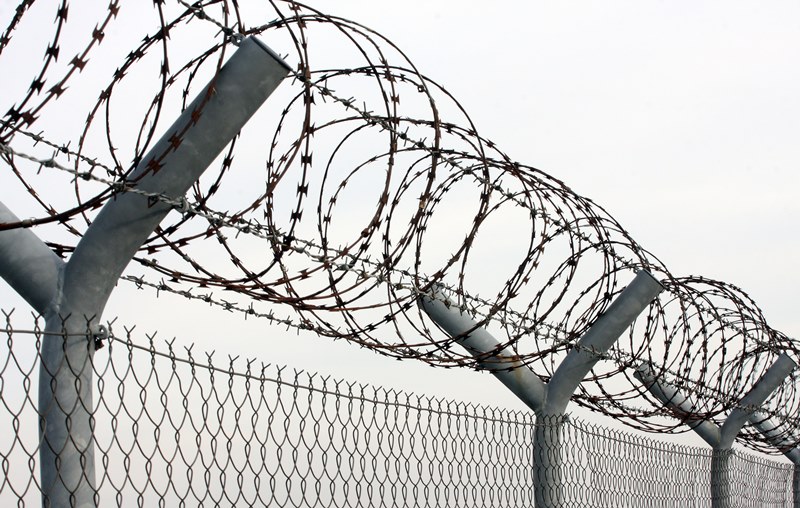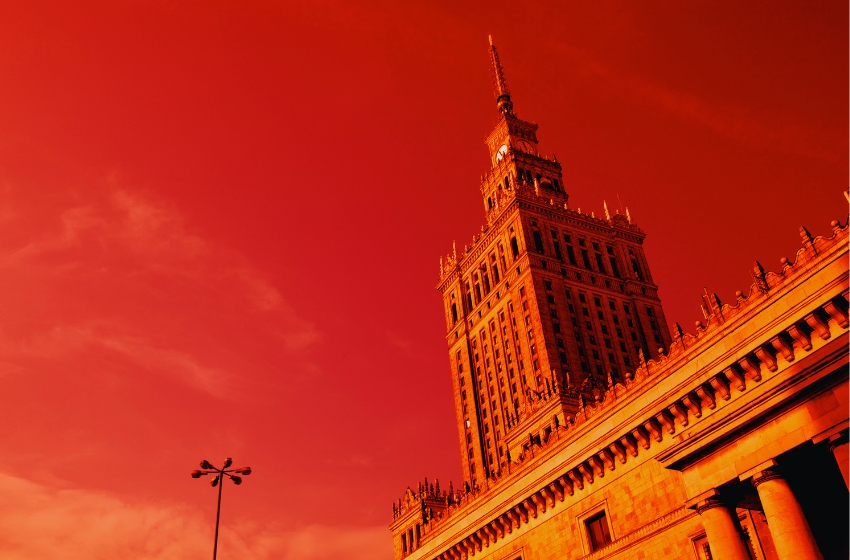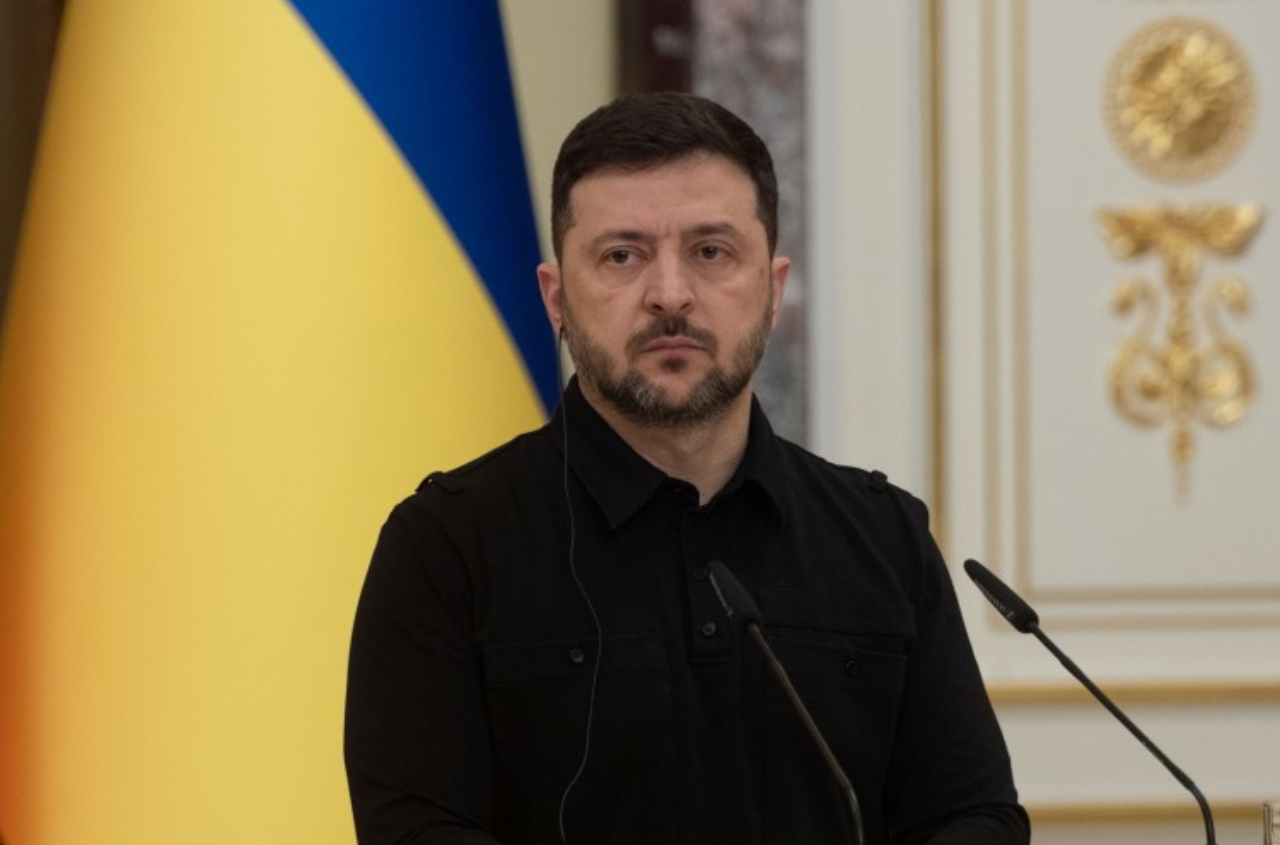Russian archives have stopped releasing the files of those repressed during Stalin’s purges to historians and the public. Under Russian law, any interested person can access a repressed individual’s file 75 years after its closure. However, Russian bureaucrats are now citing Rosarkhiv Order No. 38 of March 20, 2025, which classifies certain documents as “restricted official information.”
The order establishes a list of documents marked “for official use only,” which can include materials whose dissemination “may pose a potential threat to the interests of the Russian Federation.” As a result, historians, writers, and researchers are effectively barred from working with archival documents; access is now limited exclusively to relatives of the repressed, provided they can prove their family ties. With this single Rosarkhiv order, Moscow has officially signaled that it considers the memory of the millions tortured and killed during Stalin’s repressions a threat to national security, while the events themselves are treated as historically necessary.
The handling of repressed individuals’ files is part of the broader cognitive strategy of modern Russian authorities. The rehabilitation of Stalin, and the creation of myths around his persona, is occurring at multiple levels. In July of this year, the Communist Party of the Russian Federation labeled Nikita Khrushchev’s report “On the Cult of Personality (Stalin) and Its Consequences” at the 20th CPSU Congress as “false and politically biased.” Across Russia, monuments to the “leader of all times and peoples” are reopening, and his name is increasingly invoked as an example for contemporary Kremlin officials.
According to Russian historians, between 1921 and 1953 (Stalin’s rule), 23.77 million people were convicted in the USSR, including 6.43 million sentenced to death and 3.765 million to exile. Western researchers estimate that, overall, 45 to 80 million citizens of the former USSR suffered from Stalinist repressions.





















